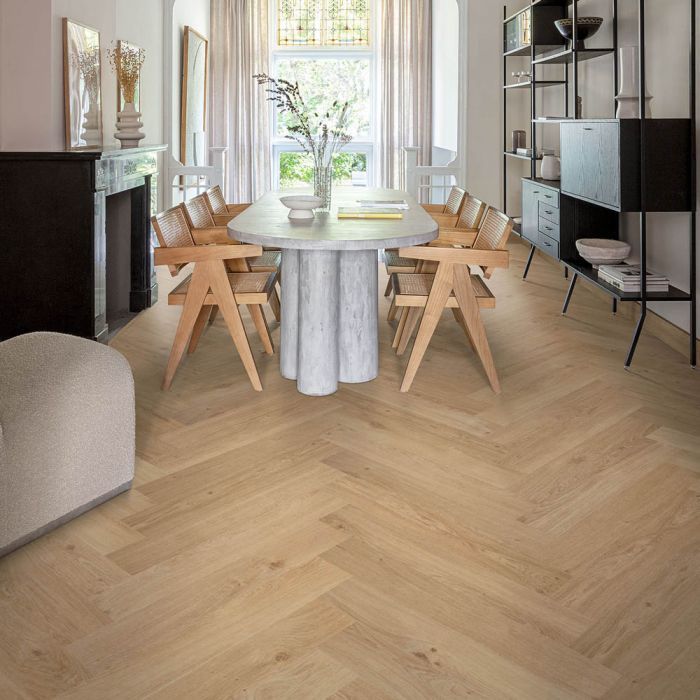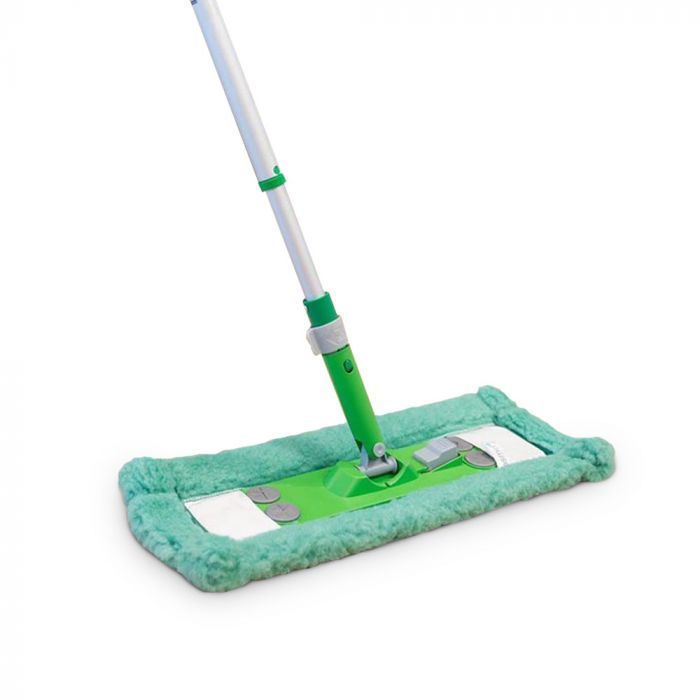Hardwood flooring is available is different structures, profile types and finishes. It is important to select the correct type of flooring for the area required. Do not to confuse the wood flooring type with the wood species or variety, which determines the colour and pattern of the floor.
Flooring structures
There are two main types of flooring structure: solid and engineered. Once the floors are installed, they both look the same and it would be very difficult to tell the difference between solid wood flooring and engineered wood flooring by sight alone.
Solid wood flooring
Solid wood flooring is made from solid pieces of wood that have been machined and sanded into individual planks. They are available in different thicknesses and random lengths. Solid wood flooring can either be prefinished or unfinished and consists of a tongue and groove profile. Because it is a solid piece of wood it will expand and contract, meaning it is not stable, so must be installed by secret nailing, secret screwing or gluing down using a flexible adhesive. It can be installed in most areas except rooms where temperature and humidity may fluctuate significantly, for example: bathrooms, kitchens, conservatories, rooms with log burners and rooms with large amounts of glazing. It is not suitable for loose laying over underlay and cannot be used with under floor heating due to its unstable nature.
Engineered wood flooring
Engineered wood flooring consists of a plywood base layer and a wear layer of wood on top. It is available in a range of thicknesses and usually comes in fixed lengths. Engineered wood flooring can be unfinished or prefinished with either a tongue and groove profile or click fitting system. Due to its construction it is more stable than solid wood flooring so can be used with under floor heating, and in areas where temperature and humidity may fluctuate significantly, for example: kitchens, conservatories, rooms with log burners and rooms with large amounts of glazing. Engineered wood flooring does not need fixing in place; it can be loose laid over an underlay and if necessary it can also be glued down, and secret nailed or secret screwed if the plank is thick enough. It should not be mistaken for laminate flooring (a picture of wooden flooring laminated onto high density fibreboard).
Flooring profile types
Tongue & Groove
Tongue and groove is available in both solid wood and engineered wood structures and can be found with a square or micro bevelled edged on the surface. It is the traditional method of installing a hardwood floor and allows the floor to be either; glued directly to the subfloor using a flexible adhesive, secret nailing or secret screwing. It can also be floated over an underlay by gluing the joins with a WPVA glue.
Click Fit
Click fit has a micro bevelled edge applied to the surface and is only available for engineered wood flooring and not solid wood. The boards are simply clicked together over an underlay, or glued directly to the subfloor using a flexible adhesive. It should not be secret nailed or secret screwed down.
Parquet block flooring
Parquet block flooring is usually available in a solid wood format, with a square edged surface. The blocks come in standard sizes and can be either finished or prefinished. The nature of the small blocks allow for a variety of different patterns to be created. The most common pattern for parquet block flooring is ‘Herringbone’, but others include ‘Basket Weave’ and ‘Ship’s Deck’. It must always be glued directly to the subfloor using a flexible adhesive.
Floor finishes
Hardwood flooring is available in different finishes depending on personal preference. The four main finishes are:
- Lacquered – a smooth effect available in either a matt or semi-matt appearance.
- Oiled – a slightly rough feel but gives a natural appearance.
- Brushed and oiled – a textured feel to offer an authentic appearance.
- Unfinished – a raw material so it must be sealed with a lacquer or oil to protect against dirt and water spills. A colour stain can also be added if required.
Style and colour
Different species of wood will have different colours, however, shades and grain patterns will vary as it is a natural product. There are a wide range of hardwood floors available in solid and engineered structures, and different profile types to suit installation requirements.







